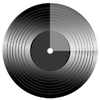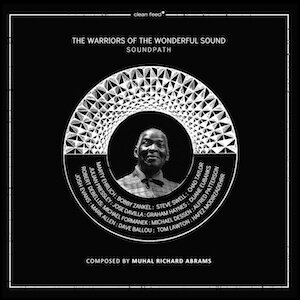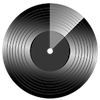Label: ECM Records, 2021
Personnel - Joe Lovano: tenor and soprano saxophones, tarogato; Marilyn Crispell: piano; Carmen Castaldi: drums.
In the second installment of the Trio Tapestry, Garden of Expression, the leading saxophonist Joe Lovano wields his horn with tact, engraving profound melodies on the understructures created by his sterling associates, the pianist Marilyn Crispell and the drummer Carmen Castaldi. The album comprises eight Lovano compositions, most of them written on the road, which whir with splendorous lyricism and spirituality.
Dipped in reflection, “Chapel Song” joins these shimmering tenor melodies with the dreamy quality of Crispell’s piano work and the selective drum chops of Castaldi. This number was the product of Lovano’s listening to an organ playing in a Viennese church. A quiet illumination comes from the trio’s musical affinity and that warm feel is seamlessly passed to “Night Creatures”, a meditative exercise in which Lovano’s expressive playing becomes affectingly emotional. He’s well supported by cymbal legato and other percussive subtleties as well as deep silences. This serene, free-flowing nature often recalls the work of drummer Paul Motian.
If “The Sacred Way” comes up with a new way of playing modal jazz, more delicate and laid-back than ever, then the title track, “Garden of Expression”, draws harmonic mystery from every passage. Melodically poignant at first, this piece evolves into brisk weavings of melodic saxophone that immediately made me think of Charles Lloyd. The focused piano of Crispell is overshadowed by Castaldi’s effusive drumming here, while Lovano plays gongs in the last section. The trio’s deep musicality is on full display.
Under the drummer's steady tapestry, “Dream On That” kicks in with a lovely piano declaration to which the saxophone responds assertively. The convergence of the two instruments ultimately occurs, and a finely articulated theme, mixing blithe post-bop and Monk angularity, is delivered with unbending belief.
The album closes with “Zen Like”, a soaring piece where the trio combines gongs and cymbals, plucked piano strings and low pedals, and adds horn laments for the resulting chemistry.
The open music of Trio Tapestry casts a mesmerizing spell, shining with colors that, being less flashy than most of the modern genres, are everlasting and opalescent.
Grade A-
Favorite Tracks:
02 - Night Creatures ► 04 - Garden of Expression ► 07 - Dream On That










































